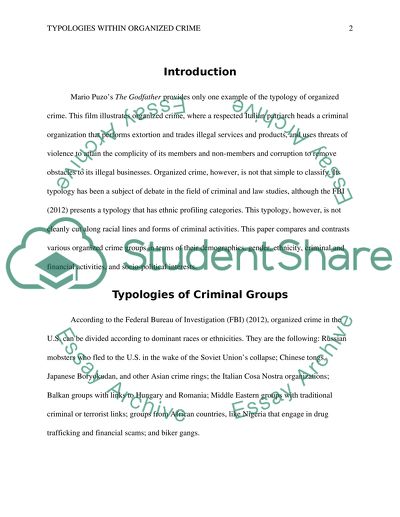Cite this document
(“Typologies within organized crime Essay Example | Topics and Well Written Essays - 2000 words”, n.d.)
Retrieved from https://studentshare.org/sociology/1456637-typologies-within-organized-crime
Retrieved from https://studentshare.org/sociology/1456637-typologies-within-organized-crime
(Typologies Within Organized Crime Essay Example | Topics and Well Written Essays - 2000 Words)
https://studentshare.org/sociology/1456637-typologies-within-organized-crime.
https://studentshare.org/sociology/1456637-typologies-within-organized-crime.
“Typologies Within Organized Crime Essay Example | Topics and Well Written Essays - 2000 Words”, n.d. https://studentshare.org/sociology/1456637-typologies-within-organized-crime.


